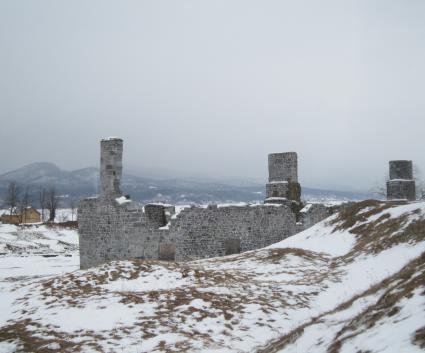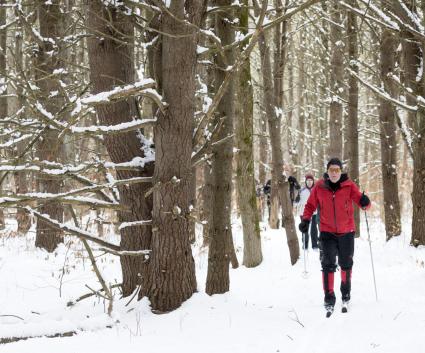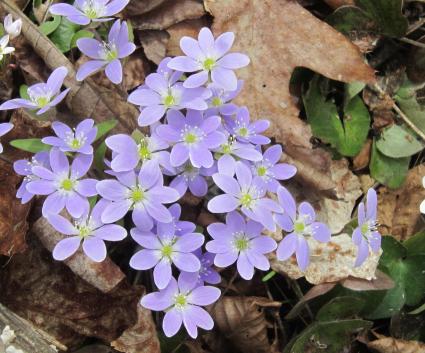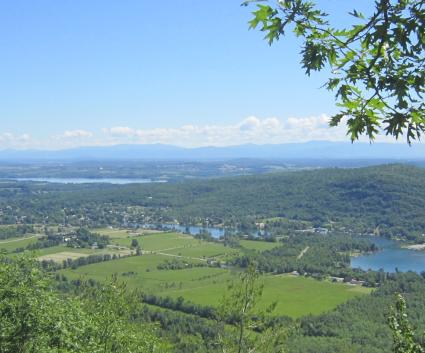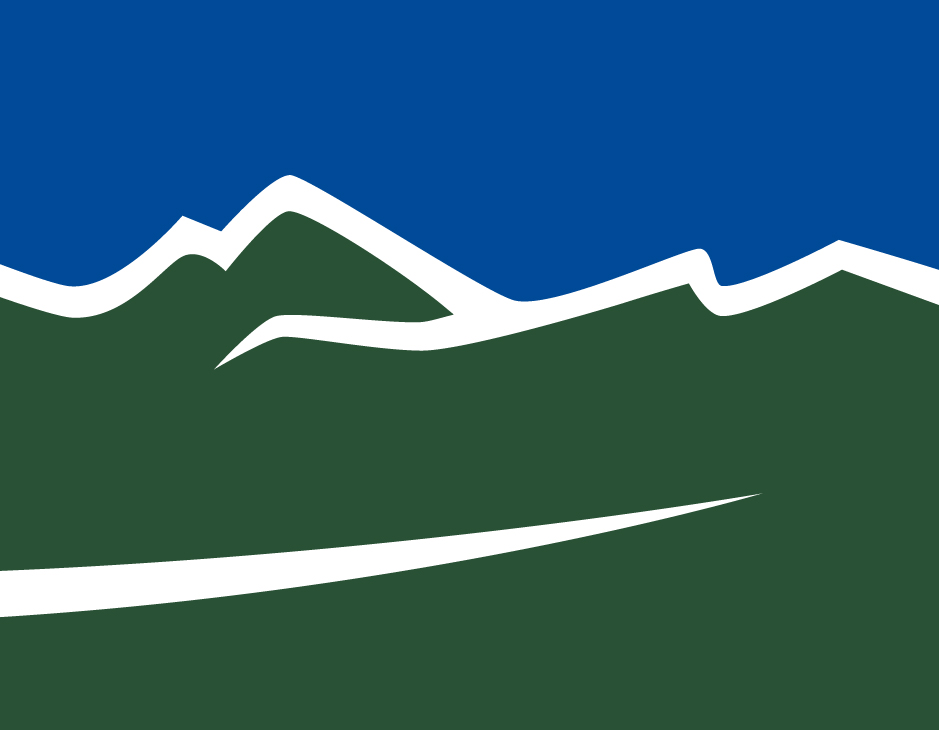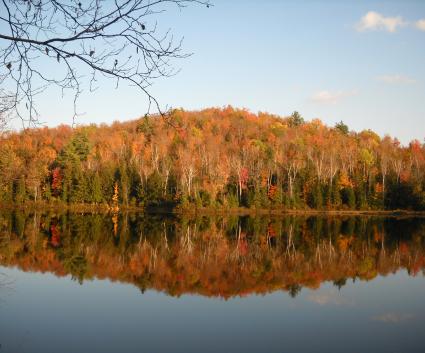One of my favorite things about spring is the first wildflowers. Unlike flowers in climates closer to the equator, North Country flowers are a little more discreet and a little less showy. The thinner soil and shorter amount of sunlight, especially for plants in the forest, can impose subtlety.
But they have their own unique beauty. Here are my tips for capturing it:
Take only photos
Some of our blooms have qualities best appreciated through a lens. They might be slow growers, so you should not disturb them. Also, they can have smaller blooms or very short stems which are almost designed for macro photography.
Among our forest plants is our classic Adirondack wildflower, the trillium.
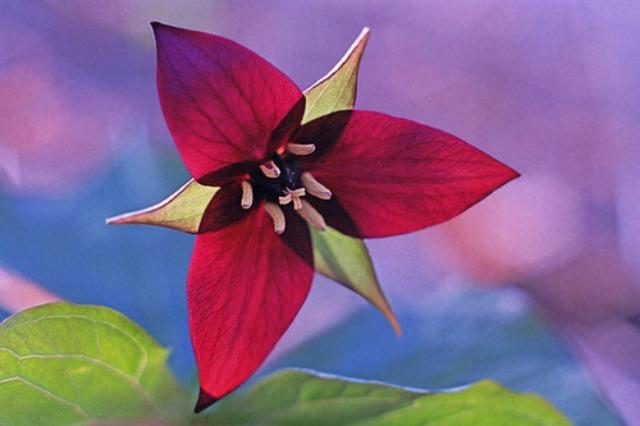
They come in red or white, and have a habit of popping out from under layers of leaves or other sheltered spaces. If you bend in closer you discover why its nickname is Stinking Benjamin. They are pollinated by flies, not bees, so they smell like food that is getting a bit funky, the way flies like it.
Trout lily is a short golden lily bloom surrounded by wide leaves which are speckled like a trout's belly, hence the name.
One of my personal favorites, hepatica, or liverwort, is in the buttercup family.
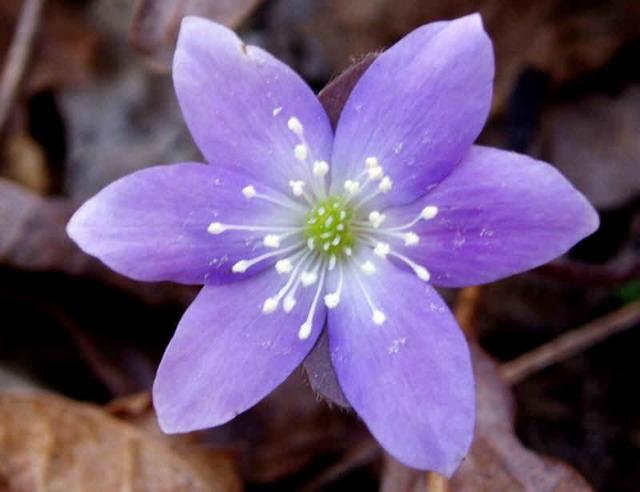
I just adore that lavender with the pretty white stamens. They bloom in clusters, making for a lovely show. Jack-in-the-pulpit is another classic. What it lacks in color it makes up for in a sly design.

Near Lake Champlain's shores you can find marsh-marigold (aka cow slips or kingcup). In medieval times it was considered an Easter flower because it blooms early, and it was nicknamed Mary's Gold. Look for tiny golden cups on rosette shaped leaves. Dutchman’s breeches also bloom in early spring, and look like tiny white parachute pants hung upside down on slender stems.
Lady’s-slippers are native orchids with lovely, showy, blooms that have been endangered because of too many people wanting to dig them up in the wild. So please enjoy them in a way that will help them come back to us. They are a spring flower which starts in late May and can bloom for a month.
Truly an amazing sight.
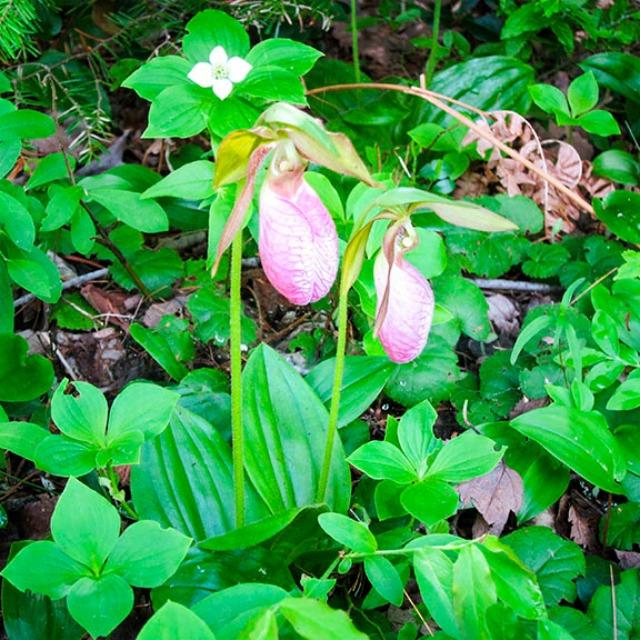
The blue flag iris, a late spring bloomer, can come in many different shades from deep blue to purple. It is spectacular when framed against a rocky water backdrop. These tend to be seen naturally in small groups since they do not have the rampant proliferation qualities of the more common hybrid garden iris. It takes them a while to build up.
A good choice if you want to hike to see these flowers is the Coon Mountain Trail, and for waterside, Noblewood Park Trail. Follow one of our bloggers who led a wildflower hike.
Take them in
Ferns might not be thought of as wildflowers, but their intricate foliage is certainly pleasant to look at. Ferns flourish in our forests, relishing the filtered light and damp soil. The variety known as fiddlehead fern (also ostrich fern or shuttlecock fern) is also very tasty.

The native peoples of the Adirondacks would boil the first new curled up shoots to celebrate spring. Fiddleheads also make great pickles.
If you want to try this, make sure you have some expert supervision to ensure you are picking the right kind. It's not as deadly as poorly-skilled mushroom picking, but getting a fern dish wrong can lead to bracken fern poisoning.
Wild sarsaparilla is very happy in forest dominated by beech-maple, oak-hickory, and northern-hardwood ecosystems. It has tiny green flowers with white fringes. While it has three leaflets like poison ivy, wild sarsaparilla does not have a wood base, and it does have fine-toothed leaves.
Their roots are part of the flavoring that gives root beer its distinctive taste.
Coltsfoot is a very early spring bloomer, common where the soil is both damp and disturbed. Yes, it loves mud season! These golden flowers can be mistaken for dandelions, but coltsfoot is shorter and has no leaves showing. It was a highly prized medicinal plant, usually prepared in tea.
Another example of a useful wildflower is birdsfoot trefoil.

This plant is a prized grazing forage for cows in organic dairy farming. The medicinal qualities of this lovely plant is for the cow, because it helps their complex digestive system, and then, increases the nutritional quality of the milk they give.
Find out more about our lively farming scene.
Flower preserves
There's another way of enjoying wildflowers longer. Preserve them. Of course, you must be careful to pick only a few flowers, of the right kind, from the right place.
Coltsfoot is an excellent choice since it tends to be everywhere, on ground where little else can be growing. A lot of people consider it a weed. But I don't. I think it's fantastic that there are so many of these bright and charming wonders around at a time when we need them most.

To dry them, either spread each stem out singly on trays or hang them upside down in bunches. You need to choose a warm, airy spot that is also out of direct sunlight. The tiny petals of coltsfoot dry quickly, contracting into tufts, and deepen into a lovely darker gold.
Bluets are a common wildflower, found in open areas near water. There are lots of them and they are hardy and common. And, I think, just right for the ancient art of flower pressing.
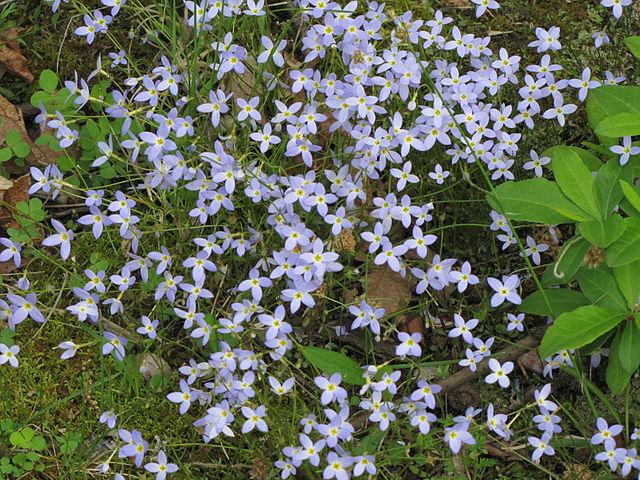
They have the delicate single petals which work well for pressing. This can be as simple as closing a cluster of three into a book, as people did in Victorian times. But this can damage the flower if you try to take it out again.
Many people prefer the more artistic tactic of pressing them onto some pretty paper that will be their permanent home. Get some nice art paper, or one of those marbelized papers, as long as it doesn't have a high clay content (which is too shiny and won't let air get to the flowers). You need to have them give up their moisture without creating dampness problems. Arrange the flowers so when pressed flat the petals and leaves are flat and unwrinkled.
Then put a layer of felt over that. And then books, heavy books. And wait.
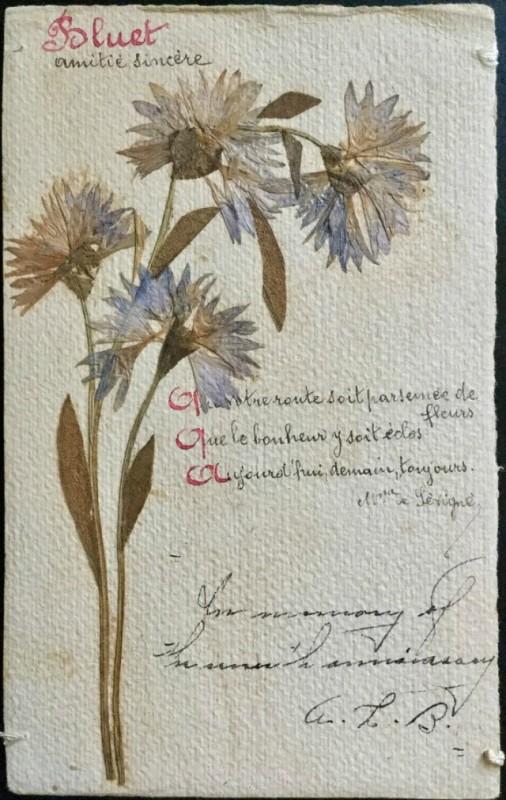
As seen above, this creates a beautiful canvas for you to write some poetry on or to create a special card for someone, also something suitable for framing.
Our Adirondack Coast flowers are just waiting to be discovered.
Find a wonderful place to stay. Choose from our dining. Get outdoors!



